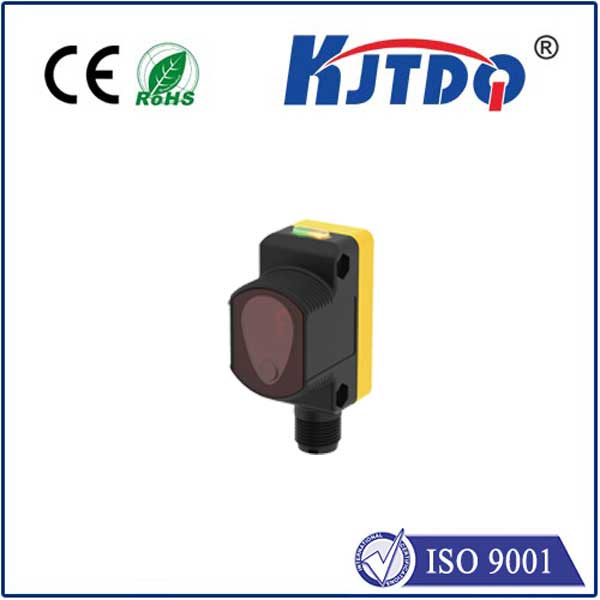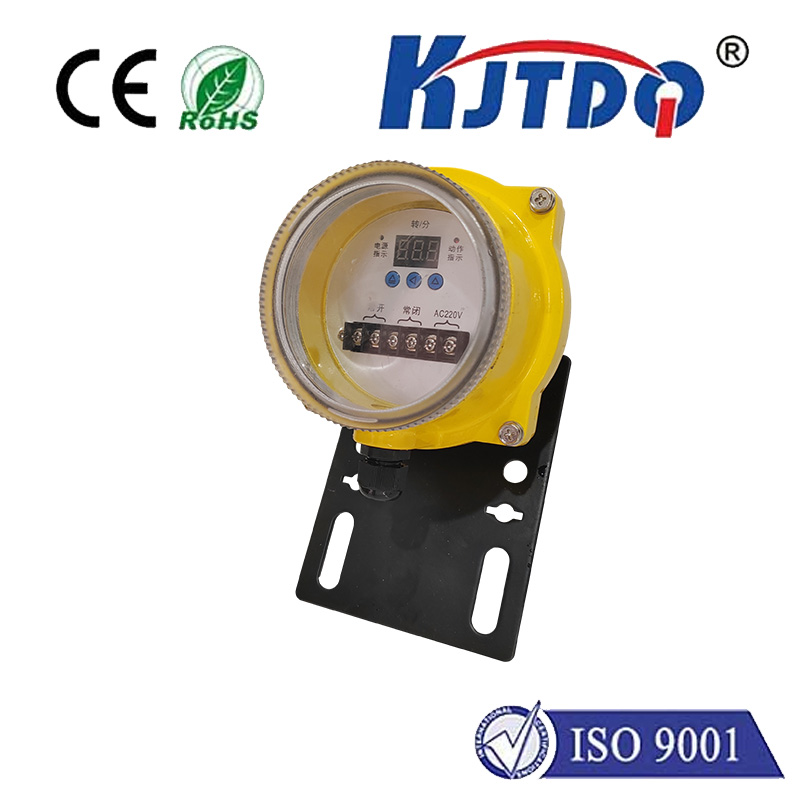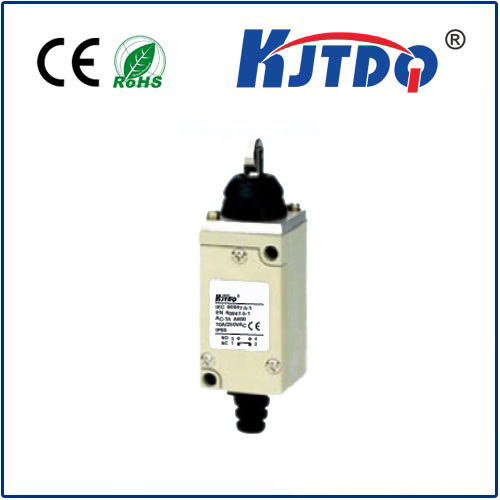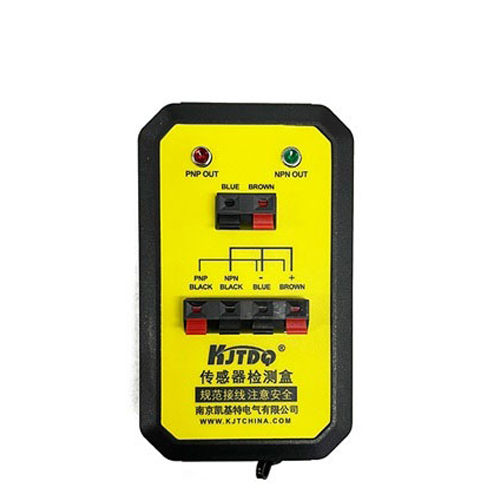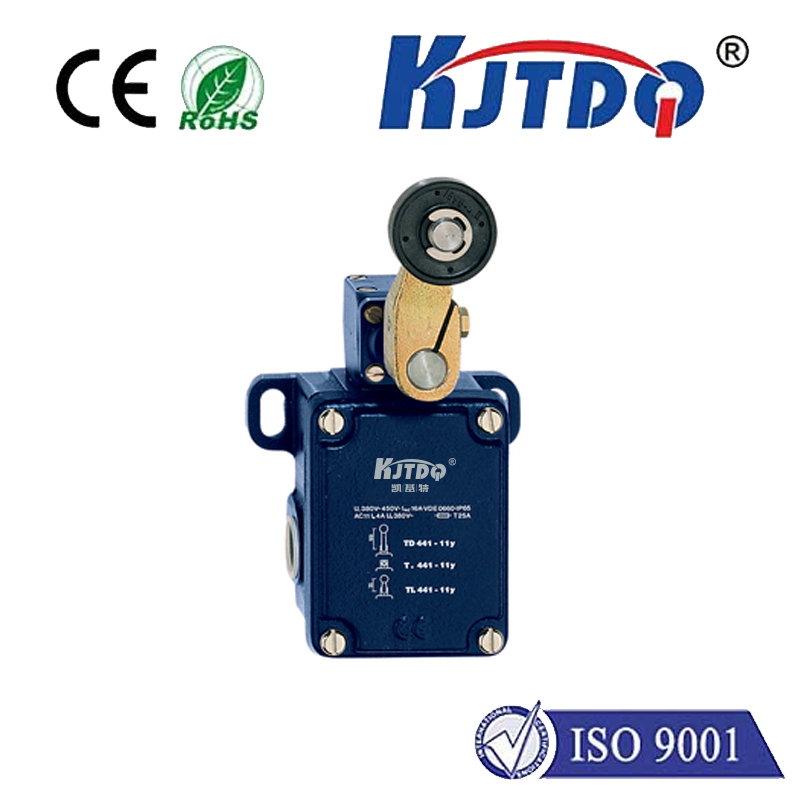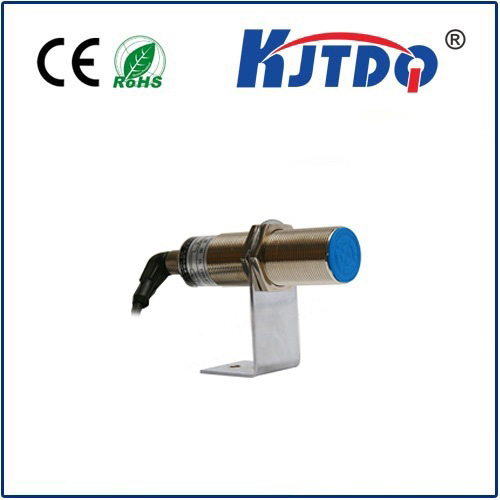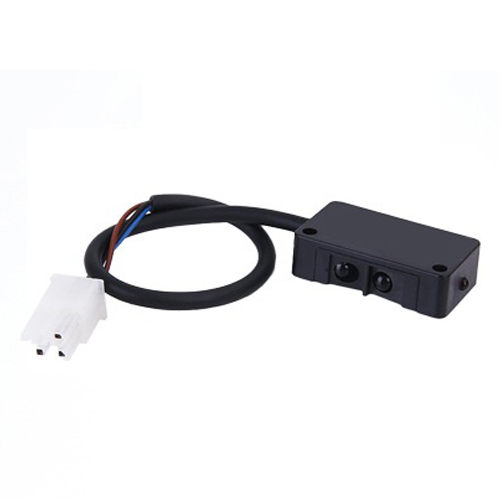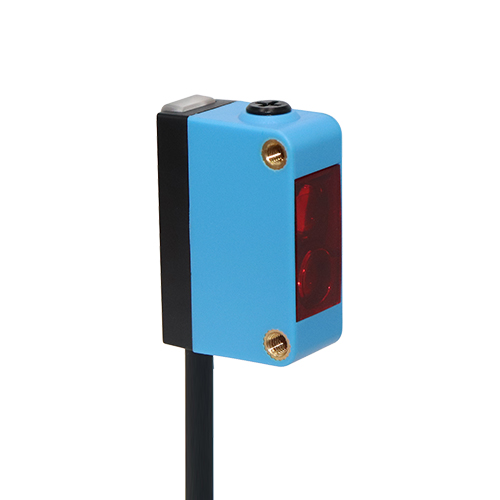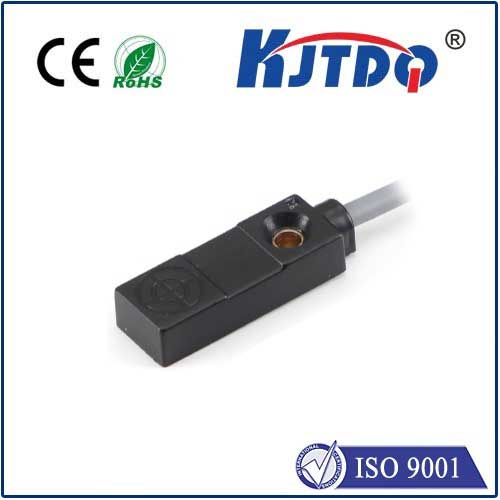fan controller with temperature sensor
- time:2025-08-23 04:59:11
- Click:0
Intelligent Fan Controllers with Temperature Sensors: Precision Cooling for Peak Performance
Electronic devices, from powerful gaming PCs to critical server racks, silently scream under the strain of heat buildup. Overheating degrades performance, shortens lifespans, and can lead to catastrophic failures. Enter the fan controller with temperature sensor – a sophisticated duo transforming chaotic cooling into a precise, energy-efficient operation. This article delves into how these intelligent systems work and why they are indispensable for modern thermal management.
Beyond Simple Spin: The Core Functionality
At its heart, a fan controller with temperature sensor creates a closed-loop feedback system. Here’s the elegant sequence:
- Sensing the Heat: The temperature sensor acts as the system’s eyes. Common types include highly sensitive NTC thermistors (resistance varies with temperature) or dedicated integrated circuit (IC) temperature sensors. Strategically placed on critical components (CPU, GPU, power circuits, or ambient air), they constantly monitor thermal levels.
- Processing the Data: The sensor feeds real-time temperature readings to the fan controller. This controller, often a dedicated microcontroller or logic circuit, acts as the brain.
- Making the Decision: The controller compares the incoming temperature data against predefined thresholds or curves programmed by the user or system designer. Logic dictates the required cooling response.
- Executing the Command: Based on the decision, the controller dynamically adjusts the fan speed. This is typically achieved through:
- PWM Control (Pulse Width Modulation): The most common and efficient method. The controller rapidly switches the power to the fan on and off. The duty cycle (percentage of ‘on’ time within a given period) determines the effective voltage and thus the fan speed. Higher duty cycle = faster spin. PWM control offers fine-grained speed adjustment with minimal power loss.
- Voltage Control (DC): Less common now, this method directly varies the DC voltage supplied to the fan, reducing its speed. Simpler but less efficient than PWM, especially at lower speeds.
- Continuous Monitoring: The loop never stops. The sensor continues feeding data, allowing the controller to constantly fine-tune the fan speed as temperatures fluctuate.
Why This Intelligence Matters: Key Advantages

Moving from basic, fixed-speed fans (or simple on/off triggers) to a temperature-sensing fan controller unlocks significant benefits:
- Optimized Cooling Performance: Precision thermal management is the prime advantage. Fans spin only as fast as absolutely necessary to maintain safe temperatures. This ensures components stay reliably cool under load without the constant roar of maximum fan speeds during lighter tasks.
- Radically Reduced Noise: Noise reduction is a major user benefit. By operating fans at lower speeds whenever possible, a temperature-controlled fan system dramatically cuts down acoustic output. This is crucial for work environments, home theaters, and quiet computing setups. Imagine a PC that whispers during web browsing yet ramps up effectively during intense gaming – that’s this system in action.
- Enhanced Energy Efficiency: Slower fans consume significantly less power. An automated cooling system that intelligently adjusts speeds based on actual need contributes to lower overall system power consumption and potential energy cost savings, especially in systems with multiple fans or running 24⁄7 (like servers).
- Extended Component Lifespan: Both electronic components and the fans themselves benefit. Consistent, excessive heat stresses components like CPUs and GPUs, accelerating wear. Running fans constantly at full blast also wears out their bearings prematurely. Active thermal management based on real-time need promotes longevity for the entire system.
- Prevention of Dust Buildup: Fans running at lower speeds tend to draw in less dust compared to fans constantly at high velocity, leading to reduced maintenance intervals for cleaning.
- Customization and Control: Many advanced fan controllers, especially in PCs, offer user-configurable fan curves. This allows enthusiasts to tailor the exact relationship between temperature points and desired fan speeds, balancing their personal preferences for acoustics and cooling.
The Technology Behind the Sensing
Understanding the sensors deepens appreciation for this precision:
- NTC Thermistors: Cost-effective and widely used. Their resistance decreases predictably as temperature increases. The controller measures this resistance (often via a voltage divider circuit) to calculate the temperature. Known for good sensitivity near specific points.
- Digital IC Sensors (e.g., LM75, DS18B20): These provide a direct digital temperature reading over interfaces like I2C or 1-Wire. They offer higher absolute accuracy, better linearity over wide ranges, and often have features like programmable alarms. Essential for high-precision applications.
- Placement Matters: Sensor placement is critical for effective thermal management. Direct contact with a heat source (like under a CPU heatsink) provides component-specific control. Ambient sensors monitor general case temperature. Some systems use multiple sensors for comprehensive oversight.
Real-World Applications: Where Precision Cooling Shines
- PC Cooling (Desktops/Laptops): The most visible application. Motherboards use onboard temperature sensors (CPU, VRM, chipset) and provide PWM fan headers for CPU and case fans. Dedicated fan controller hubs handle multiple fans. Software allows customizing fan profiles.
- Server Farms and Data Centers: Thermal regulation is paramount. Thousands of servers utilize sophisticated temperature-controlled fan arrays managed by baseboard management controllers (BMCs). Sensors monitor inlet/outlet air, CPU, memory, and drive temps, dynamically adjusting massive airflow to minimize energy use.
- Consumer Electronics: Gaming consoles, AV receivers, and NAS devices increasingly rely on automated cooling to manage heat discreetly and efficiently in confined spaces.
- Industrial Automation: Control cabinets housing PLCs, drives, and power supplies use fan controllers with sensors to prevent overheating in harsh environments, ensuring process reliability.
- Automotive Electronics: Engine control units (ECUs), infotainment systems, and advanced driver-assistance systems (ADAS) modules require stable temperatures. Sensor-based fan control manages coolant fans and internal ventilation.
The Future: Smarter, More Integrated Control
The evolution continues. Future fan controllers with temperature sensors will likely feature:
- Increased AI Integration: Utilizing machine learning to predict thermal loads based on usage patterns for even more proactive and efficient cooling.
- More Sensors & Context: Integrating humidity sensors, airflow sensors, and power consumption data for a holistic system view.
- Wireless Monitoring & Control: Enhanced remote configuration and real-time thermal dashboards via smartphone apps or cloud platforms.
- Direct Component Integration: Sensors and control logic embedded even closer to heat-generating silicon for near-instantaneous response times.
Conclusion
The fan controller with temperature sensor is far more than a simple switch. It represents the intelligent core of modern thermal management systems. By marrying precise environmental sensing with dynamic fan speed control, it delivers quieter operation, superior component protection, and tangible energy savings. As electronics push performance boundaries and demands for efficiency grow louder, this essential technology will only become more sophisticated, ensuring our devices stay cool, quiet, and running reliably for years to come. Embrace the intelligence – let thermal management work smarter, not harder.













